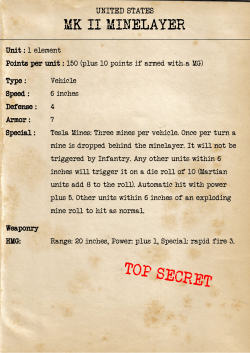
Dealing with voles - Highlands Ranch Metro District
Dealing with voles As snow melts from front and back yards in the spring, some homeowners will spot dead tracts of grass. These brown, damaged paths can be the work of voles, small rodents that burrow underground in snowy conditions to eat the roots of grass and plants. Voles, which are typically brown or gray, measure 4-8 inches long and weigh about as much as a deck of cards. They are pudgy, with blunt faces and small eyes, short legs, and a short scantily haired tail. Eight species of voles are found widely throughout Colorado, in areas with heavy ground cover of grasses and grass-like plants, and vegetation litter. Voles often damage lawns by constructing 1-2 inch wide surface runways and numerous burrow entrances. Most damage occurs in the winter when voles move through their grass runways under the protection of snow. The greatest damage seems to coincide with years of heavy snowfall. Grass damaged by voles is characterized by being extremely easy to pull out of the ground. Vole damage to trees and shrubs is characterized by girdling and patches of irregular patterns of gnaw marks about 1/16- to 1/8-inch wide. Gnawed stems may have a pointed tip. Do not confuse vole damage with damage by rabbits, which includes stems clipped at a smooth 45-degree angle and wider gnaw marks. Voles also girdle the roots of trees and shrubs. How to repair vole damage • To repair damage to lawns from runway construction, rake, fertilize and water the affected area. How to prevent and control vole damage • Habitat management: Damage to lawns can be reduced by close mowing in the fall before snow arrives and by mowing and removing tall grassy cover near lawns. • Exclusion: To protect against vole damage, encircle young trees and shrubs with 1/4-inch mesh hardware cloth or 3inch diameter Vexar plastic-mess cylinders. This barrier should project 18 inches above the ground and 3 to 6 inches below the surface. Vegetable and flower beds may also be protected in this manner. Yard areas can be protected from voles through exclusion fencing, provided fencing is 1/4-inch mesh hardware cloth. This barrier should project 18 inches above the ground and 3 to 6 inches below the surface. Having buried hardware cloth in the shape of an “L” with horizontal leg extending away from gardening bed will provide additional protection from voles. • Trapping: Use mouse snap traps to remove small populations of voles from backyard lawns. Place traps perpendicular to runways with the trigger end in the runway and bait with small amounts of rolled oats or peanut butter. Set traps in the fall before most damage occurs. Trapping is not practical for controlling voles on large areas. For more information, please contact Nick Adamson, open space supervisor, at 720-240-5917 or nadamson@highlandsranch.org. Source: Colorado State University Extension, www.ext.colostate.edu March 25, 2015 Highlands Ranch Metro District 62 W. Plaza Dr., Highlands Ranch, CO 80129 303-791-0430 www.highlandsranch.org
© Copyright 2025













